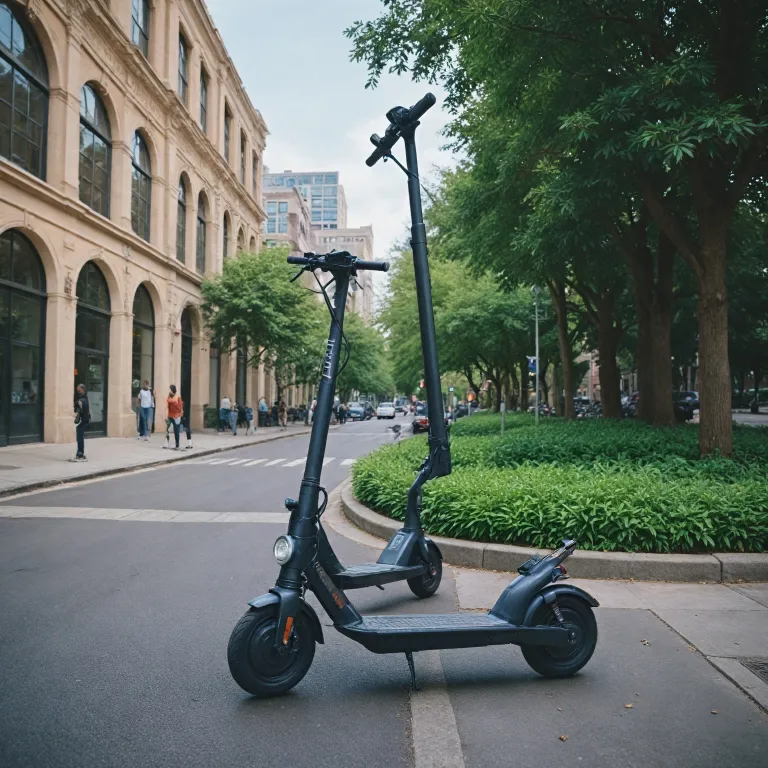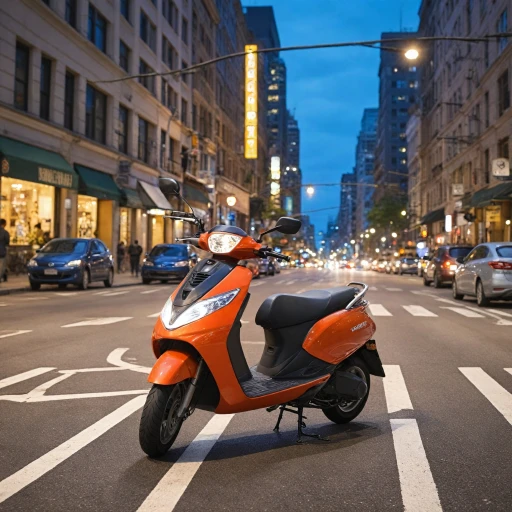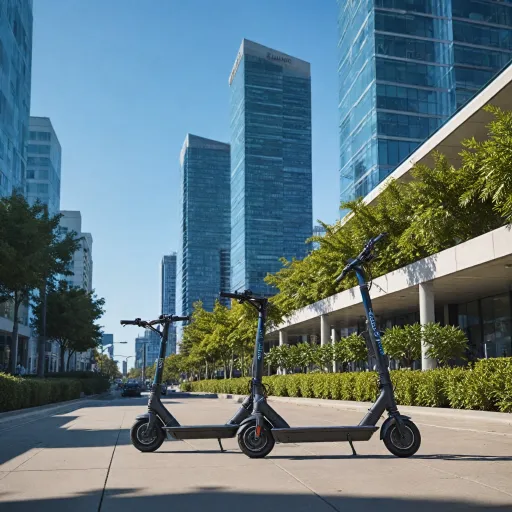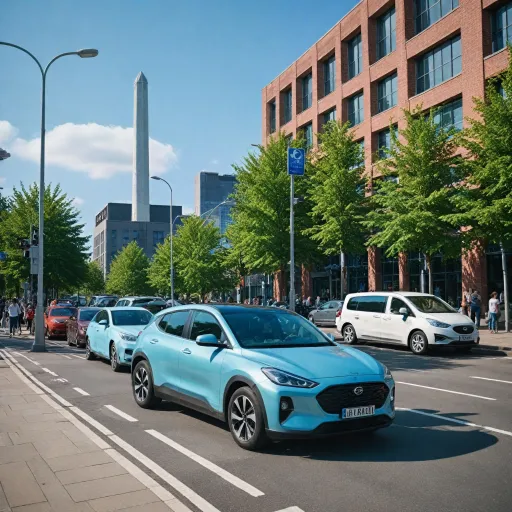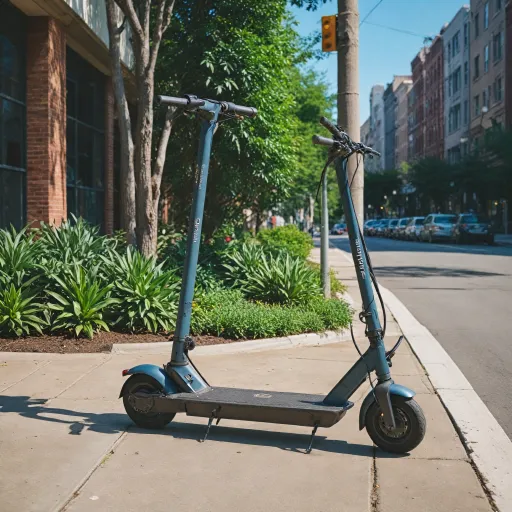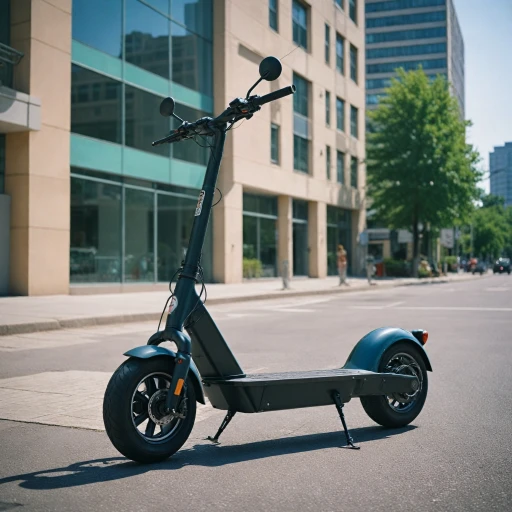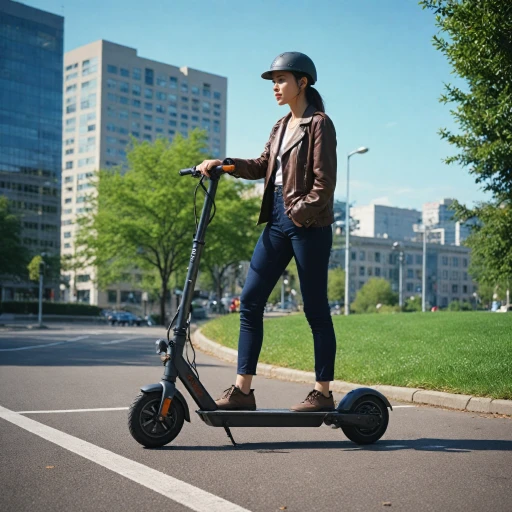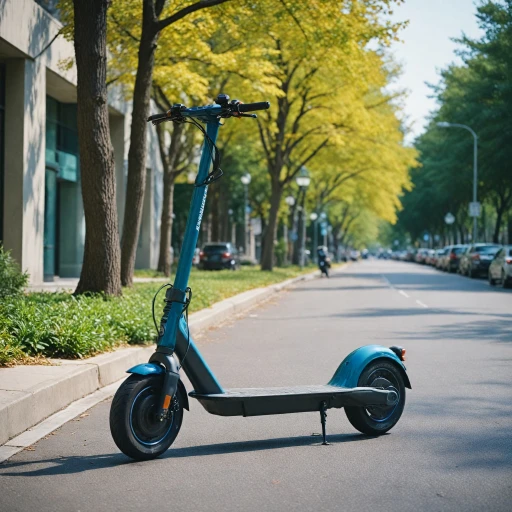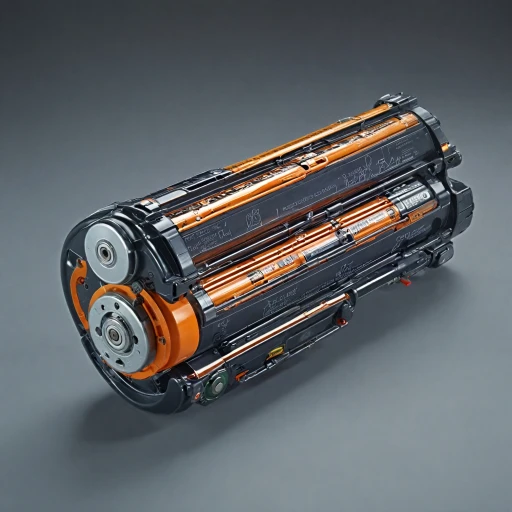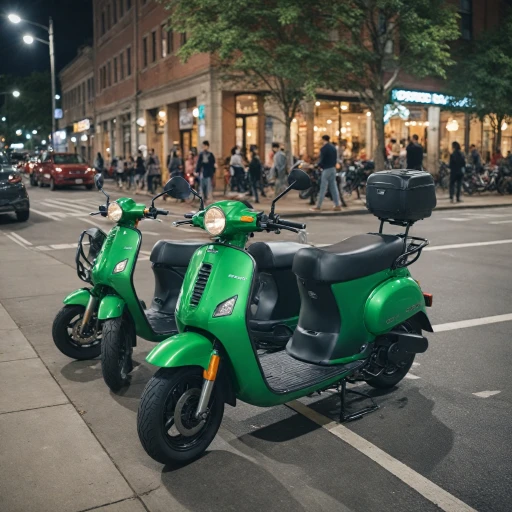
Understanding the Rise of Electric Scooters
Analyzing the Surge in Popularity
Electric scooters have increasingly become a go-to option in many cities. From urban centers to college towns, these eco-friendly vehicles offer a practical and efficient way to navigate city streets. As more people seek sustainable and convenient transportation alternatives, the demand for e-scooters continues to rise. Public charging stations and increasing charging ports availability further contribute to their growth in popularity.
Logan EV is a key player in this trend, pushing the boundaries of what electric scooters can achieve. Innovations aimed at reducing charging times and increasing range are transforming the public perception of scooters from gimmicks to viable transportation solutions.
Moreover, the role of charging infrastructure cannot be understated. Access to chargepoint facilities, such as level charging stations and stations Logan provides, addresses one of the main logistical barriers for e-scooter adoption. It reassures users that they can always recharge their e-scooters conveniently.
Cities that embrace this infrastructure are turning into friendly cities for electric vehicles. For instance, the sustained effort to increase availability of stations Logan supports encourages more users to consider electric mobility.
Another aspect of the electric scooter boom involves its environmental implications. By offering a free from emission alternative to cars, scooters pave the way towards a more sustainable urban future. This shift is intrinsic to the broader conversation around sustainability and reducing the carbon footprint of urban transport.
To further understand the broader impact of these rising vehicles, you might want to dive into enhancing your ride with additional accessories. These additions could improve the practicality and functionality of your scooter rides significantly.
Logan EV: A Game Changer in the Electric Scooter Market
Logan EV: A Pioneer in the E-Scooter World
As electric scooters continue their rise, Logan EV emerges as a key player, distinguishing itself in an increasingly crowded market. Logan's innovative design and thoughtful integration of technology make it a standout choice for urban commuters.
Notably, Logan EV leverages an efficient charging infrastructure to support its users. With numerous charging stations scattered across friendly cities, Logan ensures ease of access for riders. Cities such as the bustling city Logan provide not just convenience but robust infrastructure with charging ports, ensuring seamless journeys.
Logan's Charging Network
The state-of-the-art charging stations are a testament to Logan's commitment to sustainability and user convenience. With plans to expand charging stations Logan across major urban centers, Logan aims to set a benchmark in accessibility. Riders can enjoy the convenience of free stations or opt for level charging options tailored to their needs.
Strategically placed station parks and conference center locations offer ample space for electric vehicle users to recharge. These hubs, equipped with both fast and standard charging ports, reflect Logan EV’s vision of a sustainable urban commute.
Revolutionizing the Urban Commute
Logan EV's forward-thinking approach doesn't stop at infrastructure. By aligning with eco-friendly initiatives, it promotes state-wide sustainable transport in collaboration with public and private stakeholders. This alignment is evident in the strategic placement of free stations and the introduction of a free charging policy at specific hubs, driving convenience in the urban commuting space.
To learn more about Logan and its impact on urban travel, consider checking out our insight on exploring Denver hotels with EV charging stations. It’s a resourceful guide for those interested in the interplay between urban infrastructure and electric mobility.
Challenges Facing Electric Scooters
Highlighting Major Obstacles in the Scooter Industry
The rise of electric scooters, especially with innovations like Logan EV, does not come without its set of hurdles. While they are becoming increasingly popular in "friendly cities" like city Logan, there are evident challenges that the electric scooter industry needs to address to sustain its growth trajectory. The primary obstacle is the "charging infrastructure." With an expanding number of electric scooters on the road, the demand for charging stations is surging. Although Logan charging facilities have been growing, with more "charging ports" in state centers and "public charging" available, the number of stations often falls short of what is needed. To support the scaling of electric scooters, efforts must be made in constructing more "charging stations," especially in high-demand zones like city centers, vehicle parks, and near popular spots such as the "conference center." Furthermore, the distribution of these stations varies. While some "cities" have embraced the change and offer "level charging" facilities, others still rely heavily on "free stations" and have yet to update their infrastructure. This unbalanced growth can lead to "chargepoint" congestion, especially in "inn" urban areas. Moreover, there's the issue of incorporating modern technology to improve "scooter" safety. With numerous electric scooters in the main city, technological enhancements are vital not only for rider safety but also for the safety of pedestrians. As such, the integration of advanced "electric vehicle" tech could foster safer and more efficient urban transport. For those interested in this intricate aspect of electric scooters, a detailed deep dive into the power challenges faced by these vehicles might be insightful. This highlights yet another dimension – the need for better battery technology to enhance performance and longevity.The Role of Technology in Enhancing Scooter Safety
Integrating Advanced Technology for Rider Safety
The advent of electric scooters has undoubtedly revolutionized urban transportation, and with innovations like the Logan EV, the focus on safety has increased. One of the key aspects bolstering this advancement is the role of technology in enhancing scooter safety, making them a reliable choice for daily commutes. Matching the increasing availability of charging stations, such as those in the city center, electric scooters are now equipped with cutting-edge safety features. Public charging accessibility has improved, with many stations offering free charging or level charging options, ensuring riders aren't left stranded. Cities are becoming more 'friendly cities' for electric vehicle users, offering numerous charging ports, ensuring that your scooter is ready to go when you need it. The introduction of smart systems in scooters, like those from Logan, ensures real-time stats on the vehicle's performance, detecting issues before they become serious. Many scooters now feature integrated GPS systems that not only assist in navigation but also track scooters, aiding in reducing thefts and improving security. Moreover, with technologies akin to those found in electric cars, such as automatic braking and collision warning systems, scooters are becoming safer on par with automobiles. Innovations in sensors help determine objects in the scooter's path, providing timely alerts to riders to avoid accidents. As the proliferation of electric scooters grows, so do the conference centers and states' efforts to enforce regulations. They aim to implement best practices that align with technological advances, ensuring both rider and pedestrian safety. Such efforts ensure the gradual but significant shift toward electric scooters as a mainstay of urban transport. With these integrations constantly being refined, the future of modern mobility devices like the Logan EV looks not only promising but safer than ever, further encouraging eco-friendly urban transportation solutions.Sustainability and Environmental Impact of Electric Scooters
Environmental Influence and Sustainability
The rise of electric scooters like Logan EV heralds a new era of sustainable urban transport. These eco-friendly vehicles play a crucial role in reducing the carbon footprint typical of traditional transport modes. As they emit zero tailpipe emissions, they position themselves as a cleaner alternative for congested city centers and help in the overarching goal of reducing urban air pollution.
Support from Infrastructure Development
To facilitate the widespread adoption of electric scooters and maximize their environmental benefits, it is crucial to have adequate infrastructure in place. Cities have been making strides by installing numerous charging stations. Stations in Logan are becoming increasingly accessible, offering extensive charging ports that range from standard level charging to faster options, catering to diverse electric vehicle needs. This strategic placement of charging facilities--from conference centers to public parks--ensures convenient access and boosts the appeal of electric scooters.
Integration and Contribution to Urban Ecosystem
When combined with Logan's innovative technology and infrastructure, these scooters can make a notable contribution to urban sustainability goals. In states like the West Coast, where environmental consciousness is already high, integrating electric scooters into the main transportation system supports broader green initiatives.
Public Perception and Adoption Impact
However, a sustainable future depends on the public's willingness to embrace these scooters as viable transportation options. Successful adoption hinges on reliable information and the availability of free stations or affordable charging fees, which can encourage users to opt for this eco-friendly alternative over conventional cars.
Overall, the adaptation of electric scooters like Logan EV into urban areas not only benefits the environment but also supports the vision of creating more livable, green-friendly cities. As people continue to prioritize convenience and sustainability, Logan stands out as a pioneer in revolutionizing urban transport.
